The Natchez Trace Parkway is a 444 mile drive through Mississippi, Alabama and Tennessee and is part of the National Parks Service. The drive offers beautiful scenery with over 10,000 years of history. The Old Trace was originally used by American Indians, “Kaintucks” (boatmen from the Ohio River Valley) and settlers. It played an important role in our history.
Natchez Trace is not just a scenic drive! There is hiking, biking, horseback riding, camping and numerous sites to visit along the way.
We only explored a small portion of the parkway on our trip. We chose to drive up Highway 61 to visit Windsor Ruins and then follow Natchez Trace back down to Natchez catching about the first 30 miles of the parkway. No matter what section of Natchez Trace you start at make sure you have a map (you can print one from the NPS website). That way you can see what sites are available, where bathrooms are located and picnic spots. There are many different entrance points along the parkway which are also included on the map.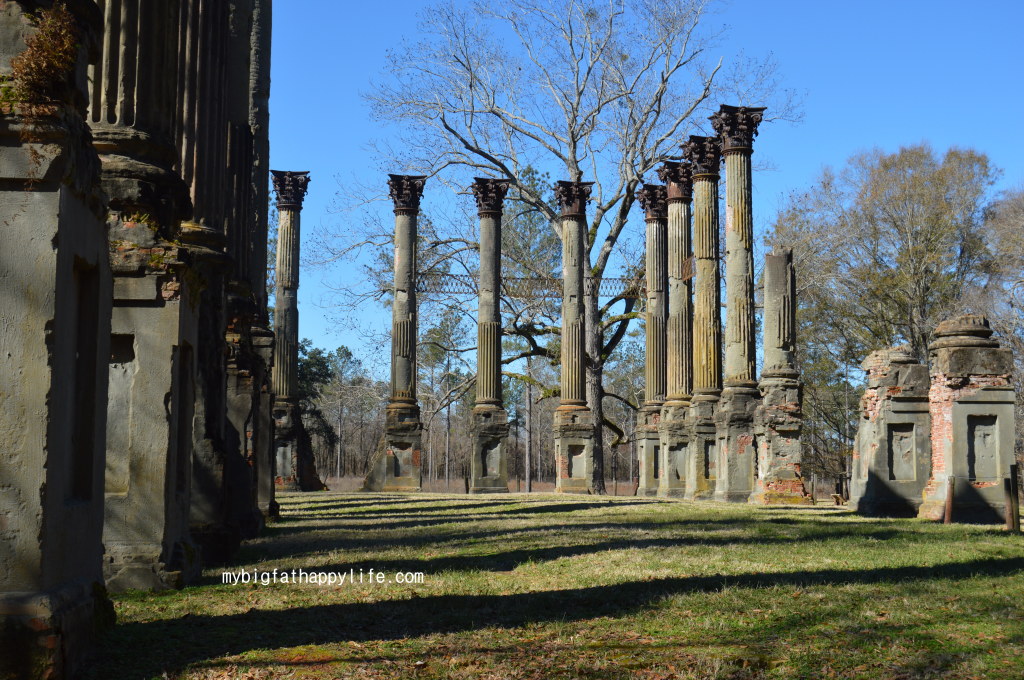
Windsor Ruins
Windsor was built by Smith Coffee Daniell, II, a wealthy planter, between 1859 and 1861. The plantation was the largest house built at that time. Unfortunately, Smith Daniell only lived in the plantation for a few weeks before he died. During the Civil War, the home was used as a Confederate observation post and later as a Union hospital and observation post so therefore it was spared from being burned by the troops.
However, the home survived the war only to be totally destroyed in 1890 by a fire started by a party guest who carelessly dropped a cigarette. All that remains of the home today are 23 Corinthian columns that surrounded the home and a staircase which is used at Alcorn State University’s Chapel. 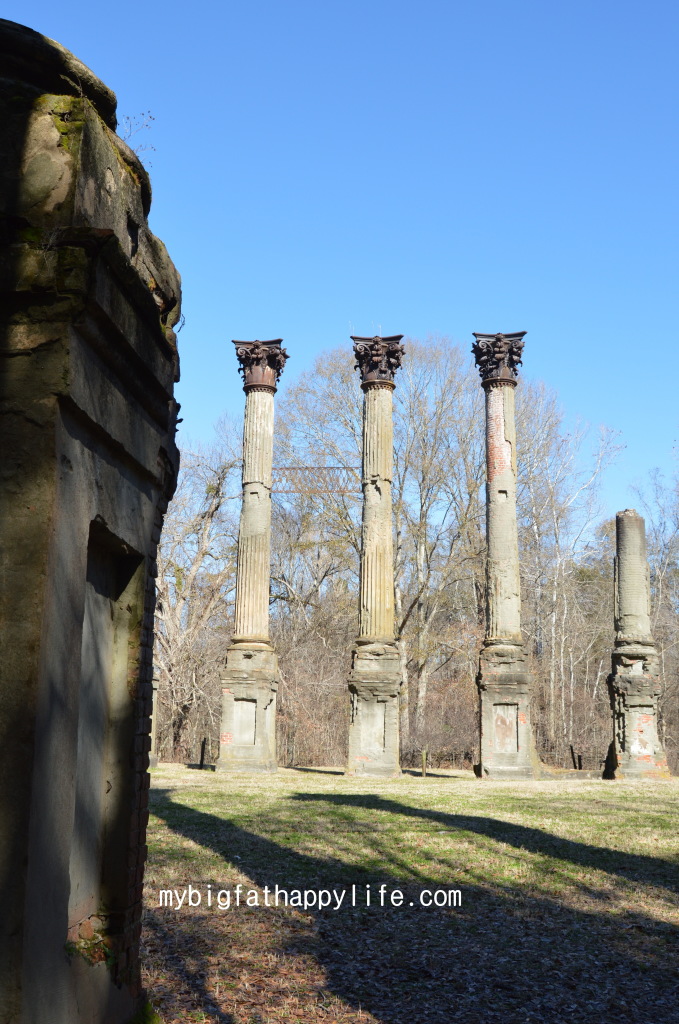
The columns are amazing to see! The sheer size of them (45 feet high) is unbelievable and after all these years they still stand straight.
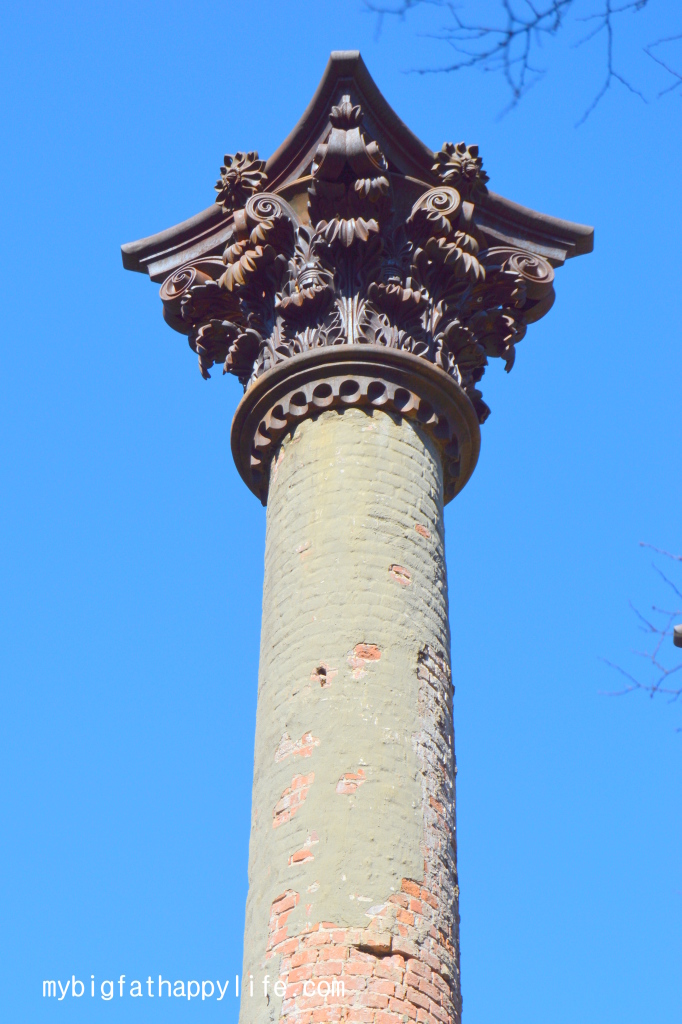
Mount Locust
Mount Locust is one of the oldest structures still standing in the area. John Blommart built Mount Locust in 1780, but after leading a failed rebellion against the Spanish he was thrown in jail. William and Paulina Ferguson purchased Mount Locust in 1784. In 1785 an increasing number of “Kaintucks” (boatmen) were floating down the Mississippi River to sell their goods in Natchez and New Orleans and then walking north on the Natchez Trace to get home. It took about a day to walk from Natchez to Mount Locust and after many requests to spend the night by the Kaintucks, the Fergusons turned their home into a “stand” (a crude inn with a meal of corn mush and sleeping arrangements on the porches or the ground). Eventually Sleepy Hollow, a four room, two story annex, was built behind the house and travelers where charged 25 cents a night.
Paulina married James Chamberlain after Williams death in 1801 and continued growing the farm. With losing two husbands and raising 11 children, Paulina kept Mount Locust alive. When steamboats and other roads were built in the mid 1820s, Natchez Trace was brought to an end. However, Mount Locust opened up to Natchez residents who wanted a quiet country vacation. Pauline died in 1849 at the age of 80! Five generations of Chamberlains lived at Mount Locust until 1944 when the National Park Service obtained and restored the home to its 1820 appearance.
Behind the main house, a cemetery holds the remains of 43 slaves. A single headstone marks the area. The Ferguson/Chamberlain family burial area sits on the southwest corner of the grounds.
Mount Locust is open daily from 8:30 a.m. to 5:00 p.m, except for Christmas Day. Admission is free.
Emerald Mound
Emerald Mound was built and used between 1250 and 1600 A.D. by the local population which were ancestors of the Natchez Indians. It is one of the largest mounds in North America.
The mound is 770 feet by 435 feet and is 35 feet high. The mound was created by moving dirt along the side of a hill to reshape and create a plateau. Two smaller mounds currently sit atop the larger one, while previously their were a total of eight smaller mounds.
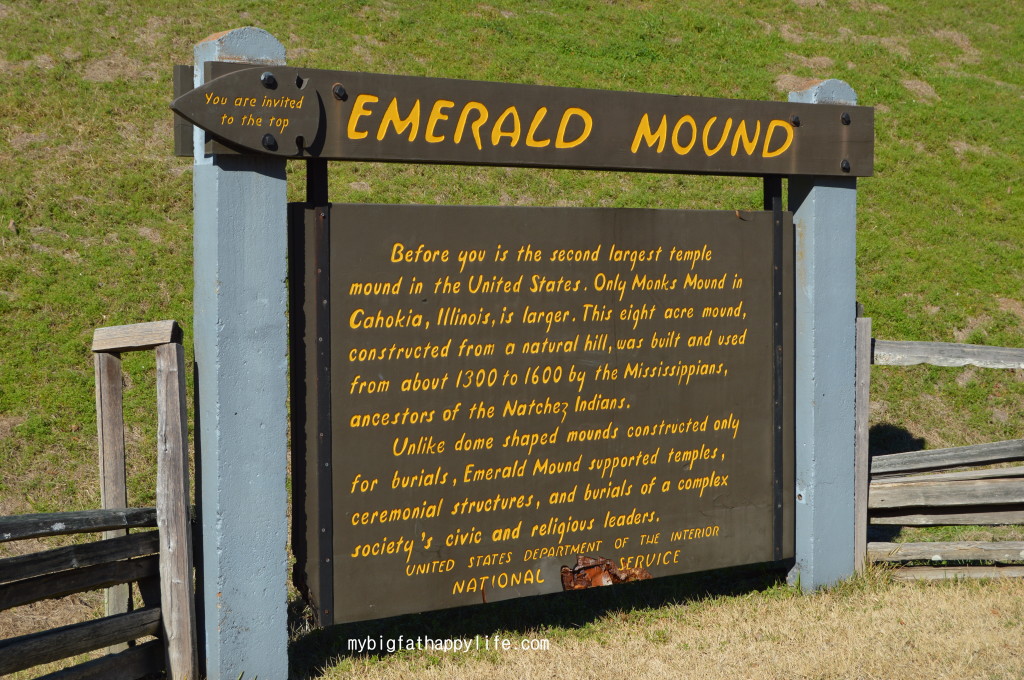
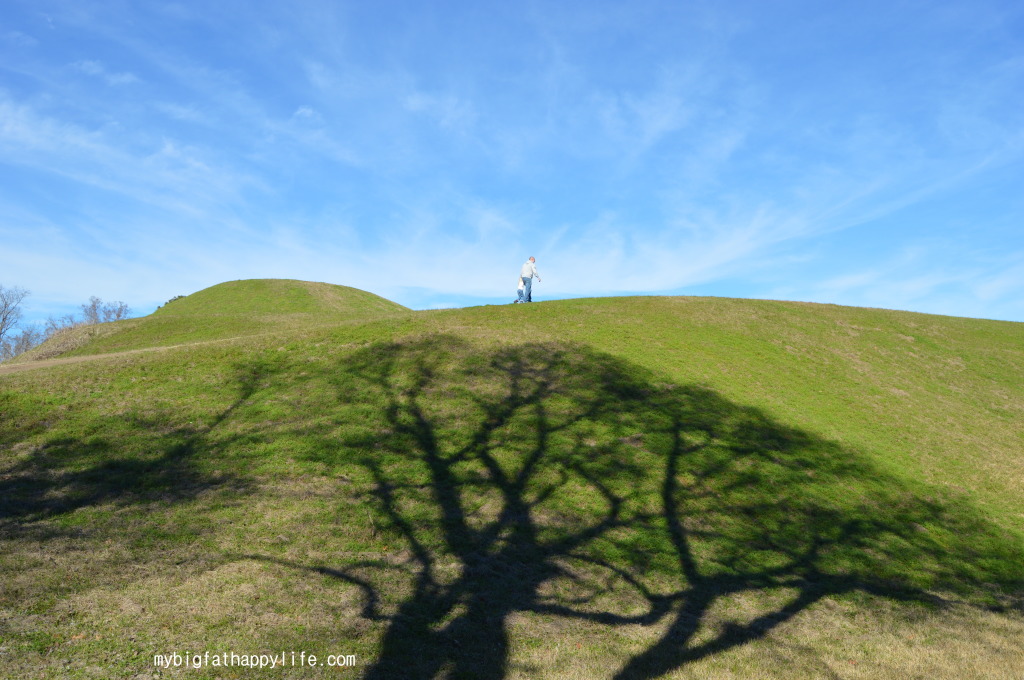 Emerald Mound was used as a ceremonial center, but by the late 1600s the mound was abandoned and the Grand Village was established. The Grand Village is located in Natchez.
Emerald Mound was used as a ceremonial center, but by the late 1600s the mound was abandoned and the Grand Village was established. The Grand Village is located in Natchez.
Emerald Mound is part of the National Park Service and is located at mile marker 10.3 on the Natchez Trace Parkway. The mound is open daily and there is no fee to visit.
Conclusion
I was very impressed with the amount of things to do and see along the first 30 miles of Natchez Trace Parkway. We actually did not hit everything that was available. Another note is that every place we stopped had no admission fees. I look forward to exploring more of the parkway.
You may find me linking up with the following: Mon: Magic Moments; How Do You Do It? Parenting Linkup; Made by You Mondays; Creative Mondays; Merry Monday Linky Party; Motivational Monday; Weekend Wanderlust; Manic Mondays; What’d You Do This Weekend? Tue: Treasure Box Tuesday; Turn it Up Tuesday; Good Tip Tuesdays; Lou Lou Girls Link Party; Delicious Dish Tuesday; Wed: The Wednesday Roundup; Centerpiece Wednesday; Whatever Wednesday; Retro Repin Party; Wake up Wednesday; Creative Spark; Thur: Weekly Kids Co-Op; The Pin Junkie Pin Party; Thrify Thursday; On Display Thursday; Fri: Pretty Pintastic Party; Foodie Friends Friday; Family Fun Friday; For the Kids Fridays; Craft Frenzy Friday; Product Review; Friday Favorites; Weekends: Country Kids with Coombe Mill; The Weekend Social; Snickerdoodle Sunday; Show Me Saturday; Ultimate Link Party; Coast to Coast Blog Post Party
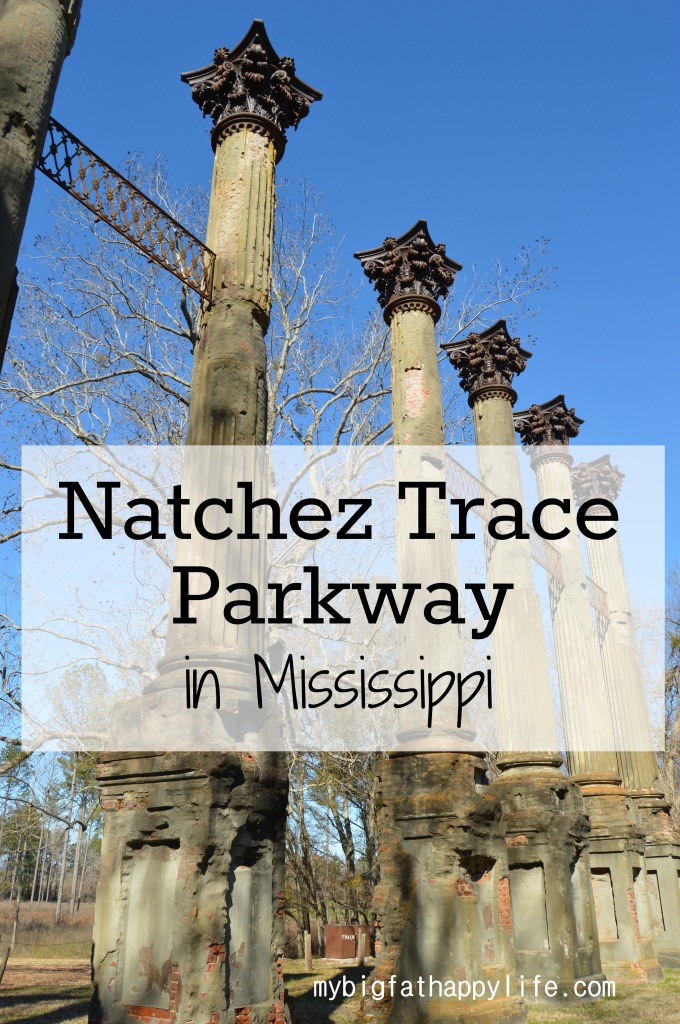
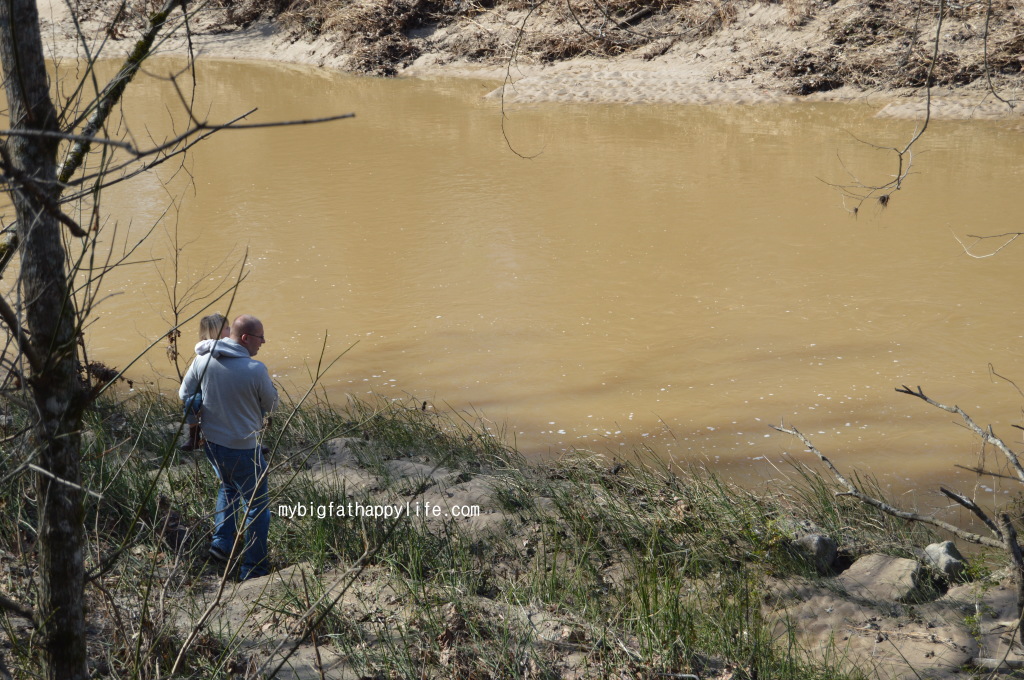
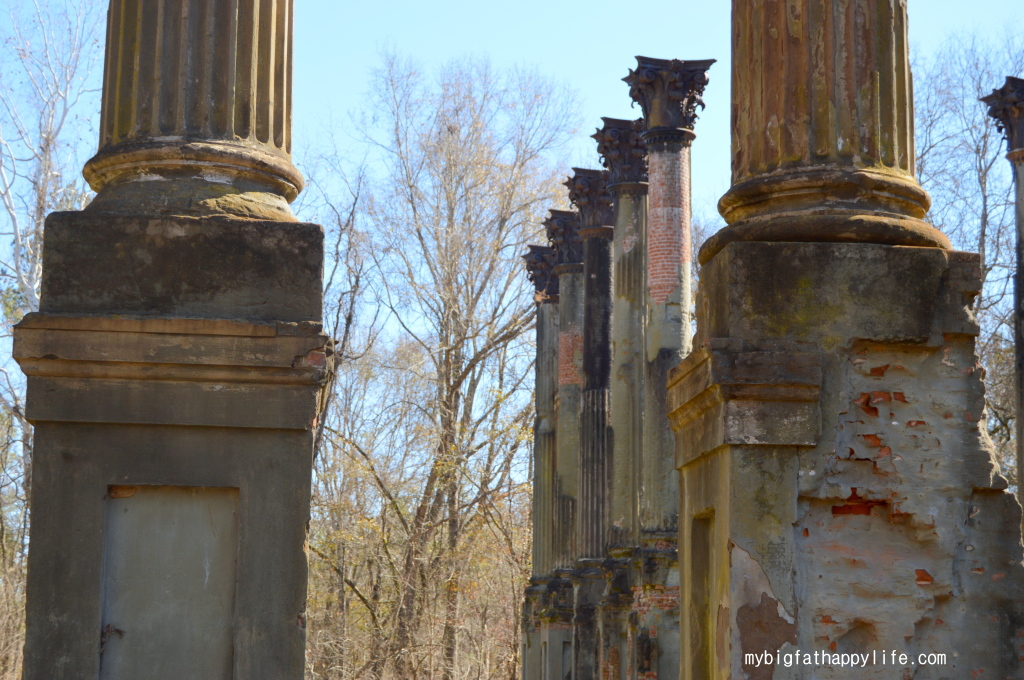
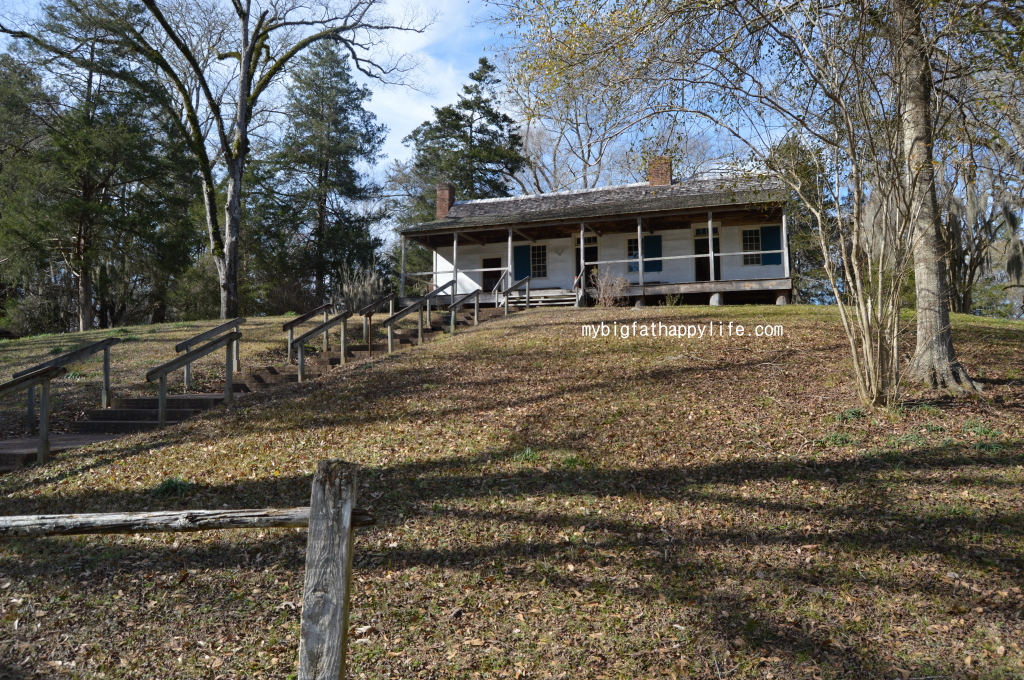
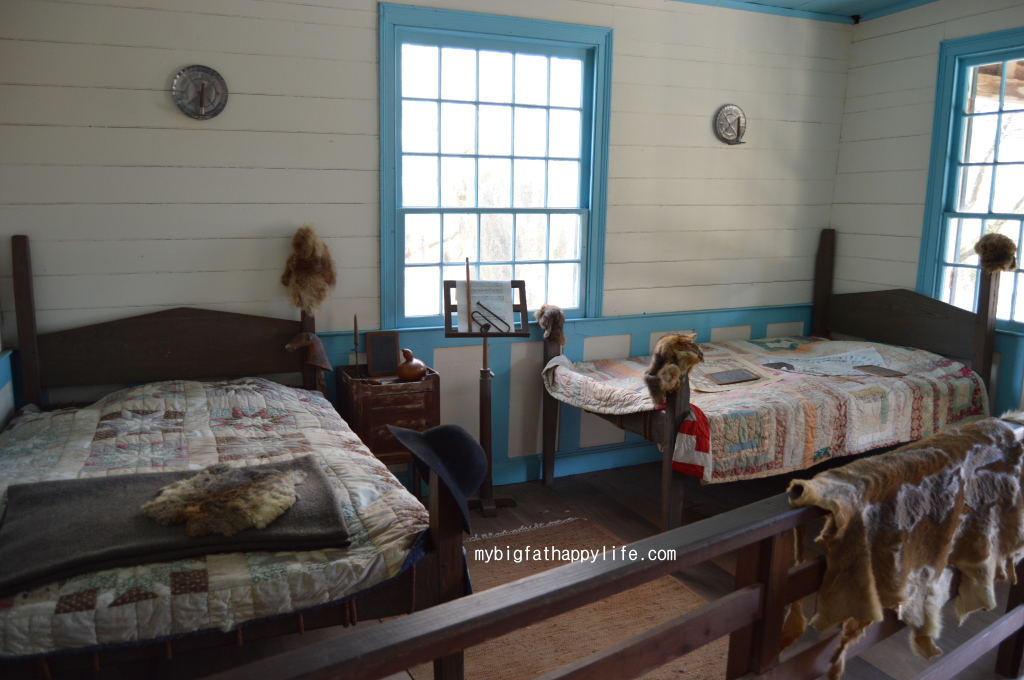
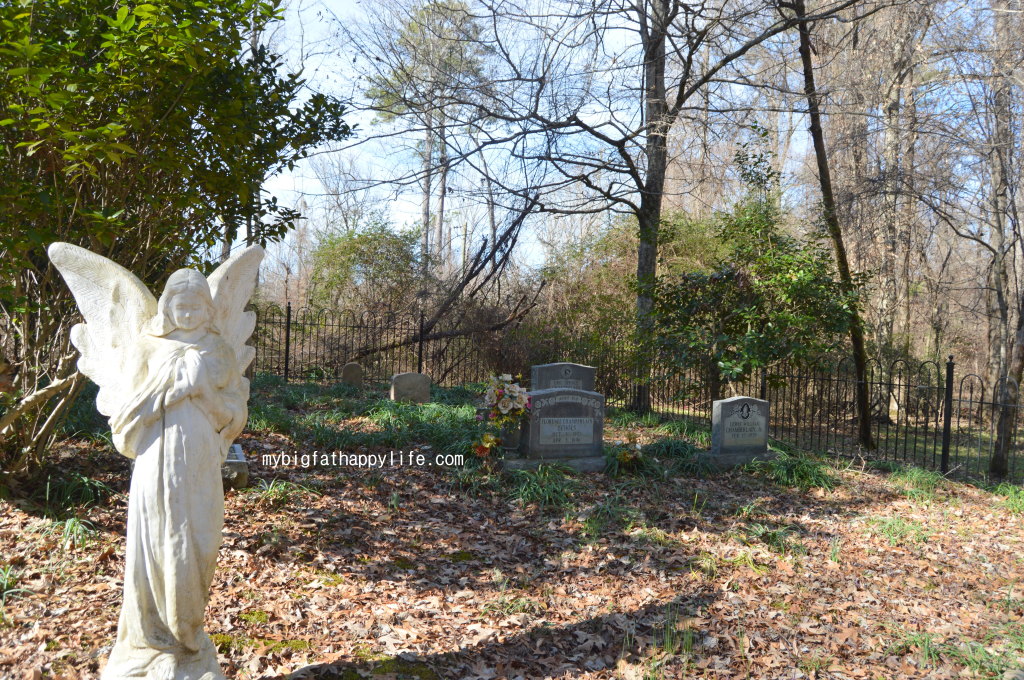
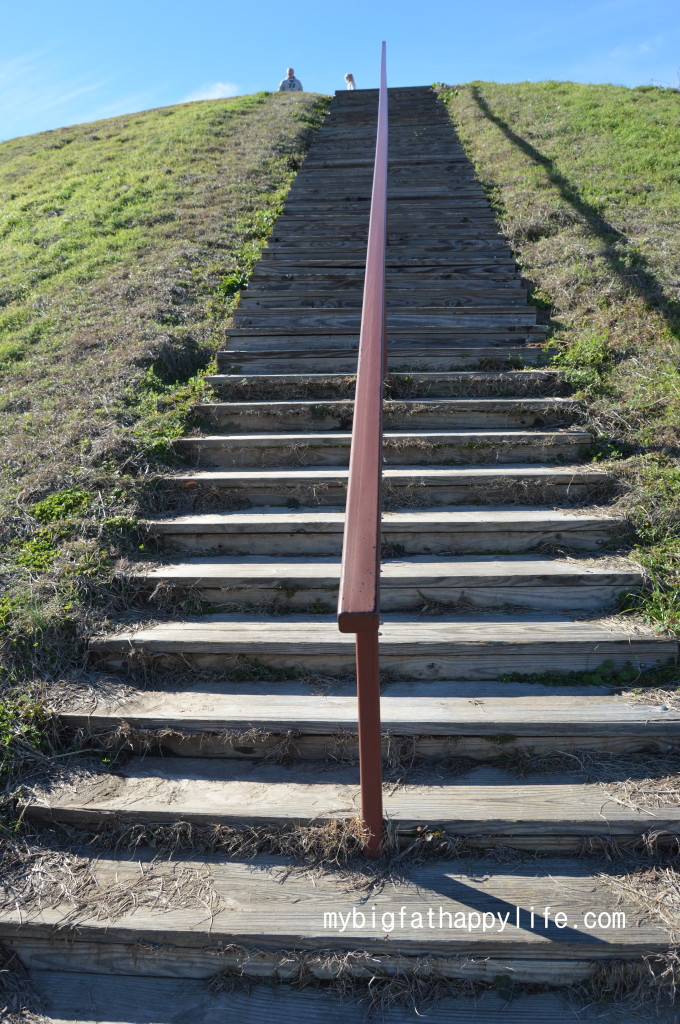
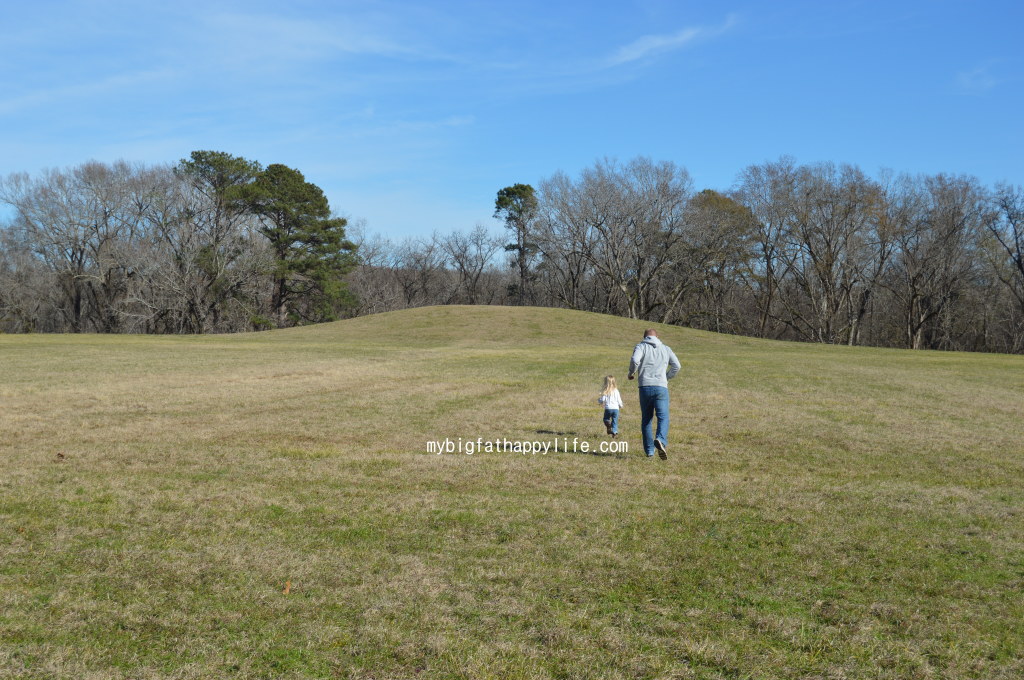

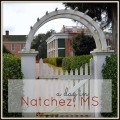
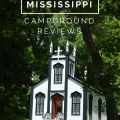

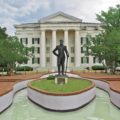
Natchez is on my travel bucket list. There seems like it would be a fun trip for learning about history.
There is so much history in Natchez! It would be a wonderful vacation destination.
This looks like a lovely day out! I can imagine what that Windsor house must have looked like when it was still standing proud. You can almost imagine Scarlet O’Hara standing in one of those majestic columns 🙂 #countrykids.
That’s so true! It had to be an amazing house.
This would be something that I’d love to do as well! The Windsor Ruins are gorgeous–I’d love to see a picture of it in its glory days! 🙂
The house had to have been massive! The columns and footprint of the original house is huge.
What an amazing area to explore with so much history behind it.
Thank you Mary! It was a nice day trip for us!
My fave are those columns! I am an architecture graduate and columns are one of the architectural feature that we studied! Thanks for sharing =) #countrykids
The columns are amazing! They are unbelievable in person!